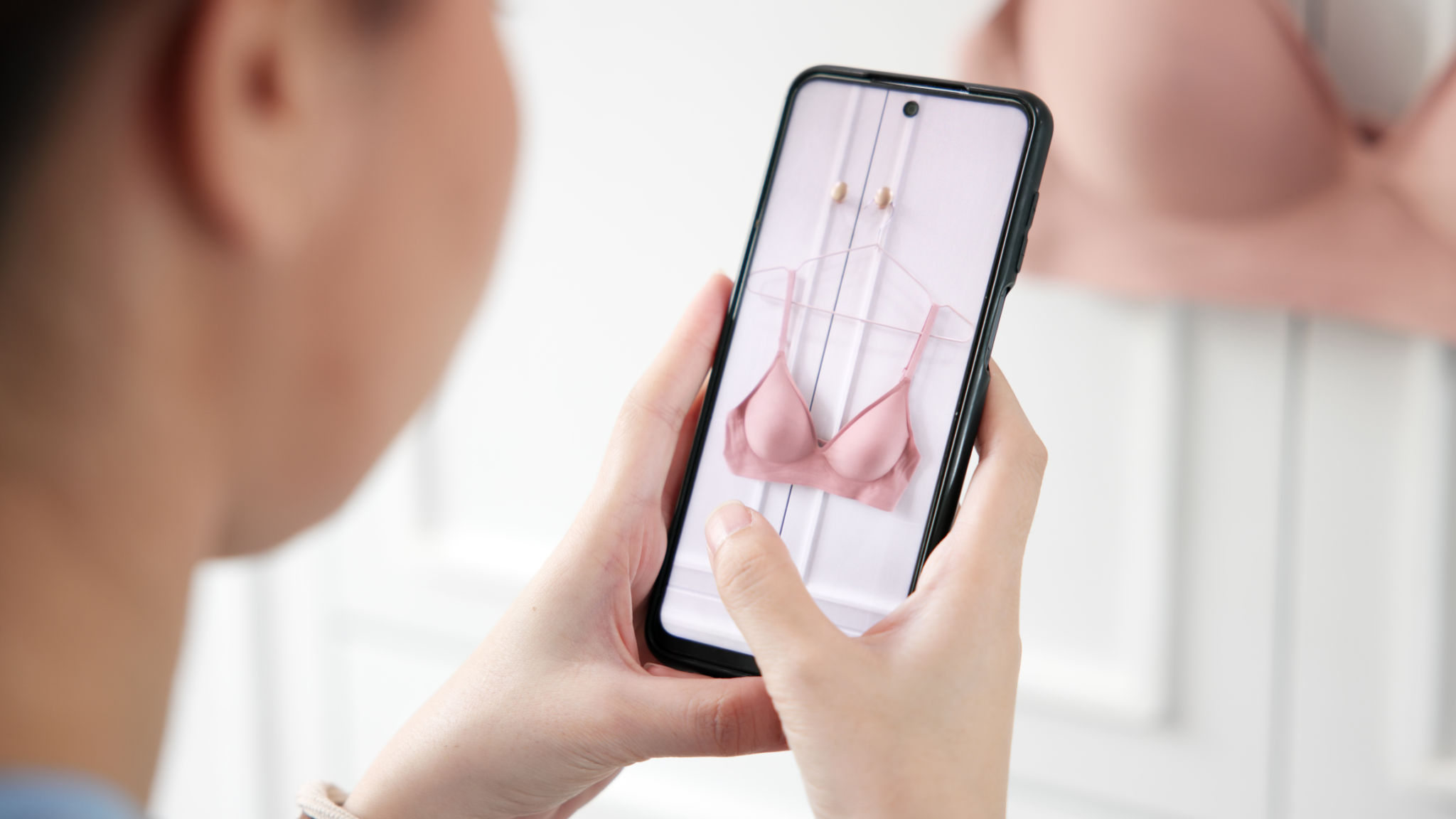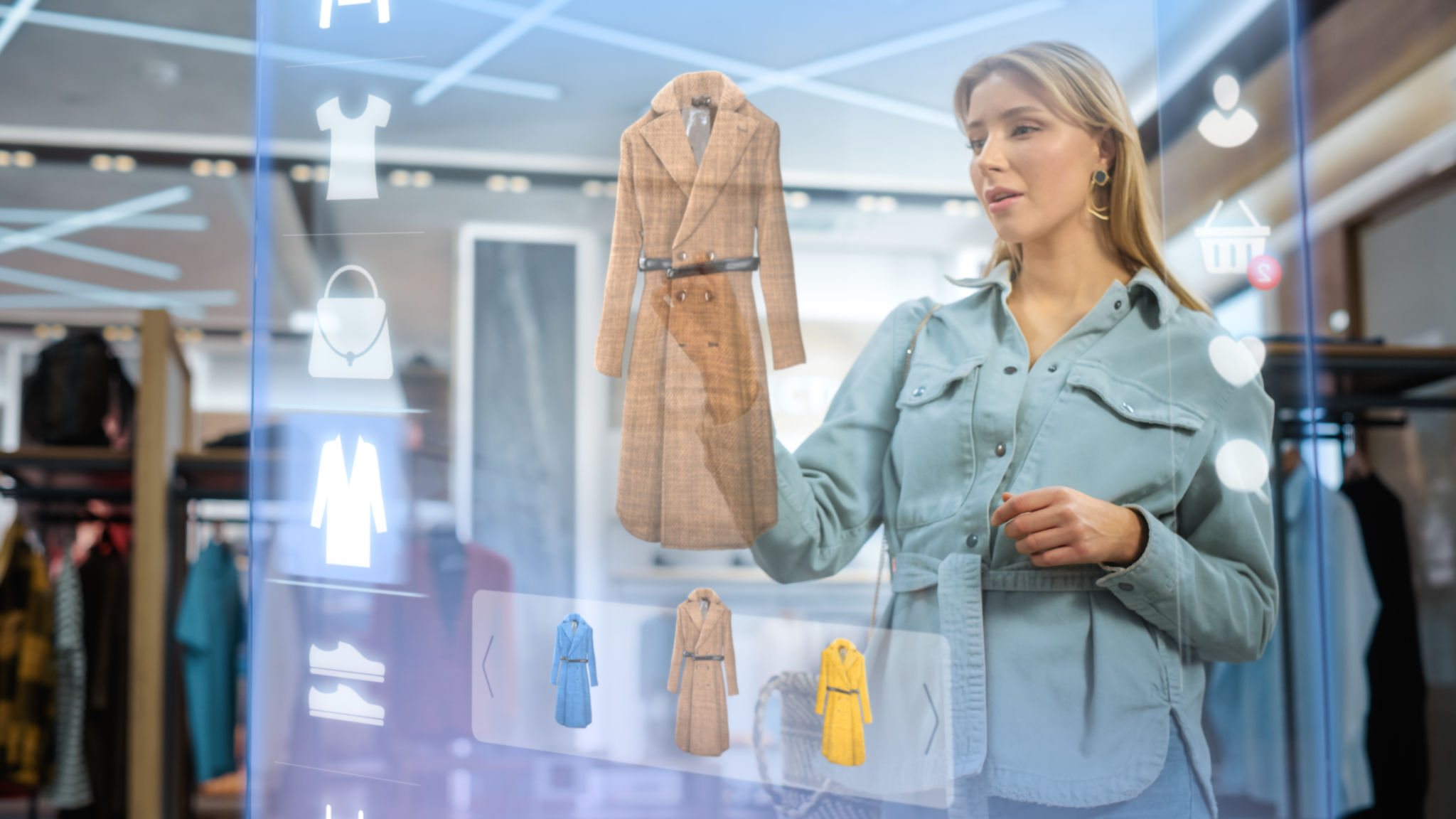FAQs About Virtual Try-On Solutions: Your Questions Answered
Understanding Virtual Try-On Solutions
In today’s digital era, virtual try-on solutions are transforming the way consumers interact with products online. These innovative tools allow users to virtually experience how a product would look on them before making a purchase. This technology is particularly popular in the fashion and beauty industries, where visual appeal plays a critical role in purchasing decisions.

What Are the Benefits of Virtual Try-On Solutions?
Virtual try-on solutions offer numerous advantages for both consumers and retailers. For consumers, these technologies provide a more interactive and personalized shopping experience. They can explore different styles, colors, and sizes without the need to physically visit a store. This convenience can significantly enhance customer satisfaction and confidence in their purchasing choices.
For retailers, virtual try-ons can lead to increased customer engagement and lower return rates. By allowing customers to visualize products on themselves, retailers can reduce the uncertainty associated with online shopping, ultimately driving more sales.
How Do Virtual Try-On Solutions Work?
The technology behind virtual try-on solutions typically involves augmented reality (AR) or artificial intelligence (AI). These technologies analyze real-time images or videos of the user, then overlay digital representations of products onto their image. The accuracy and realism of these overlays depend on the sophistication of the software being used.

Are Virtual Try-On Solutions Accurate?
The accuracy of virtual try-on solutions can vary based on several factors, including the quality of the user’s device and the software’s capability. High-quality solutions can provide remarkably realistic representations, but it’s always important to check user reviews and feedback to gauge reliability.
Common Concerns About Virtual Try-On Solutions
One common concern is privacy. Many consumers worry about how their images are used and stored. Reputable companies ensure that they comply with data protection regulations and maintain transparency about their data handling practices.
Another concern is the technology's accessibility. Some virtual try-on applications require modern devices with specific capabilities, which can limit access for some users. However, advancements in technology are continually improving accessibility across various platforms.

How Can Brands Implement Virtual Try-On Solutions?
Brands looking to implement virtual try-on solutions should consider partnering with experienced technology providers. These providers can offer tailored solutions that integrate seamlessly with existing online platforms. It's essential for brands to ensure that the solution is user-friendly and aligns with their customer base's needs.
Additionally, brands should focus on promoting these features effectively to encourage customer adoption. This can be done through tutorials, demonstrations, and showcasing user testimonials to build trust and excitement.
The Future of Virtual Try-On Technology
As technology continues to evolve, virtual try-on solutions are expected to become even more sophisticated and widespread. Future advancements may include enhanced realism, broader accessibility, and integration with other emerging technologies like virtual reality (VR).
For businesses and consumers alike, staying informed about these developments will be key to maximizing the benefits of this dynamic technology.
